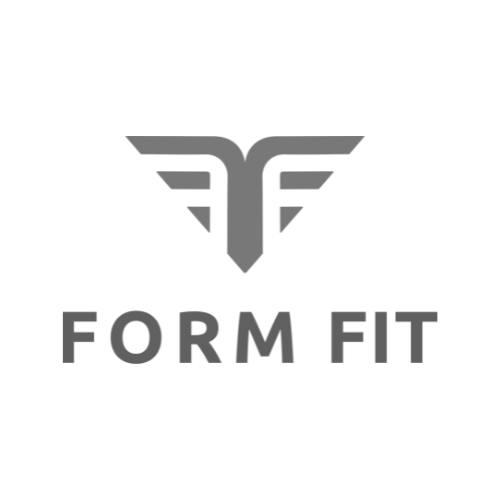Welcome to our fitness blog, where we explore the crucial aspect of exercise: Rest days in your fitness journey. While exercise is vital for maintaining a healthy lifestyle, many people often overlook the significance of rest days for optimal performance and recovery.
In this blog, we will delve into the importance of rest days, how to identify when your body needs a break, different types of rest days, and strategies to strike the perfect balance between exercise and rest.
Understanding the Role of Rest Days
Rest days are not just "lazy days" but essential for allowing your body to repair and grow. During intense workouts, muscles undergo microtears, and rest days provide the necessary time for them to heal and become stronger. Moreover, rest days help prevent burnout and overtraining, which can hinder your progress and even lead to injuries.
Signs Your Body Needs a Rest Day
Recognizing when your body needs a rest day is crucial for maintaining a sustainable exercise routine. Physical indicators such as persistent fatigue, excessive soreness, and decreased performance may signify the need for a break.
Paying attention to mental and emotional cues like mood swings and loss of motivation can also help you gauge your body's readiness for rest. Additionally, monitoring your sleep quality can provide valuable insights into your recovery needs.
Different Types of Rest Days
Rest days can be classified into two categories: active rest and passive rest. Active rest involves engaging in light activities such as walking, yoga, or stretching, which promote blood flow and aid in recovery. On the other hand, passive rest calls for complete physical inactivity to allow your body to fully recover.
Frequency of Rest Days
The frequency of rest days varies based on your exercise intensity, volume, and personal fitness goals. Finding the right balance between exercise and rest is crucial for preventing overtraining. While beginners may require more frequent rest days, seasoned athletes may find they need fewer rest days due to their increased fitness levels.
Balancing Rest Days with Training Schedules
Designing a balanced workout plan that incorporates rest days is key to optimizing your training and recovery cycles. The type of exercise you engage in, such as strength training, cardio, or flexibility exercises, can influence the timing and frequency of rest days. Embracing periodization, a training approach that alternates intensity and volume, can further enhance your performance and overall well-being.
Listen to Your Body: Personalizing Rest Days
Listening to your body and being in tune with its needs is crucial in determining the frequency and intensity of your rest days. Every individual is unique, and factors like age, fitness level, and health conditions play a significant role in personalizing your rest day routine. Seeking professional guidance, especially for specialized training or recovery plans, can provide valuable insights tailored to your specific needs.
The Psychological Aspect of Rest Days
Many individuals struggle with feelings of guilt or fear of losing progress on rest days. However, rest days are not detrimental to your progress; rather, they are an integral part of it. Cultivating a positive mindset towards rest and recovery can enhance motivation and create a more enjoyable exercise experience.
Maximizing Rest Day Benefits
Use your rest days to practice self-care, nourishing both your body and mind. Paying attention to your nutrition, staying hydrated, and incorporating relaxation techniques can enhance the effectiveness of your rest days and accelerate your recovery process.
Common Mistakes to Avoid
Avoid the common mistake of ignoring warning signs of overtraining or pushing yourself too hard without allowing ample rest. Additionally, overcompensating with excessive rest days can hinder your progress and disrupt your exercise routine. Striking a healthy balance between rest and exercise is essential for long-term success.
Conclusion
Exercise rest days are a critical component of any fitness journey. By understanding the significance of rest days, recognizing the signs your body needs a break, and personalizing your rest day routine, you can achieve better fitness results and overall well-being. Embrace rest days as an essential part of your fitness routine and witness the positive impact they have on your physical and mental health. Remember, rest is not a setback; it's an integral part of your progress! And if you find yourself in need of help, the certified personal trainers at Form Fitness are here for you.Book a Session Now!
Now is the perfect time to book a private personal training session or request a FREE initial consultation.
